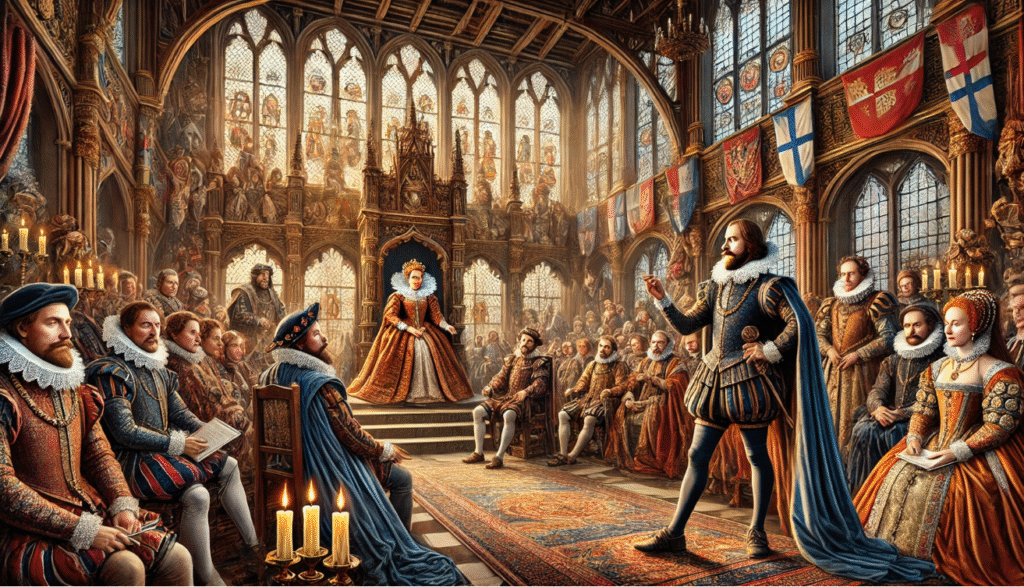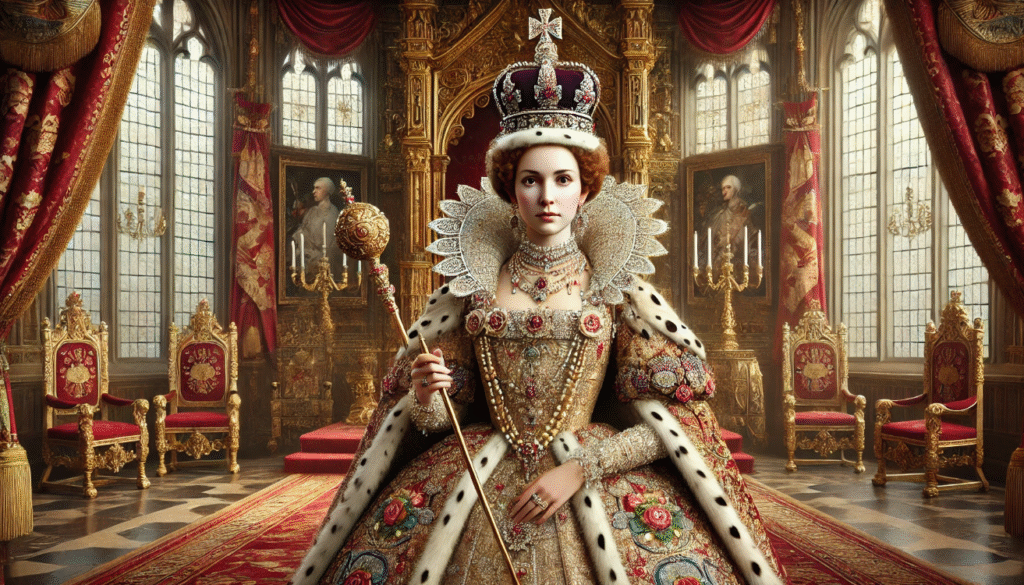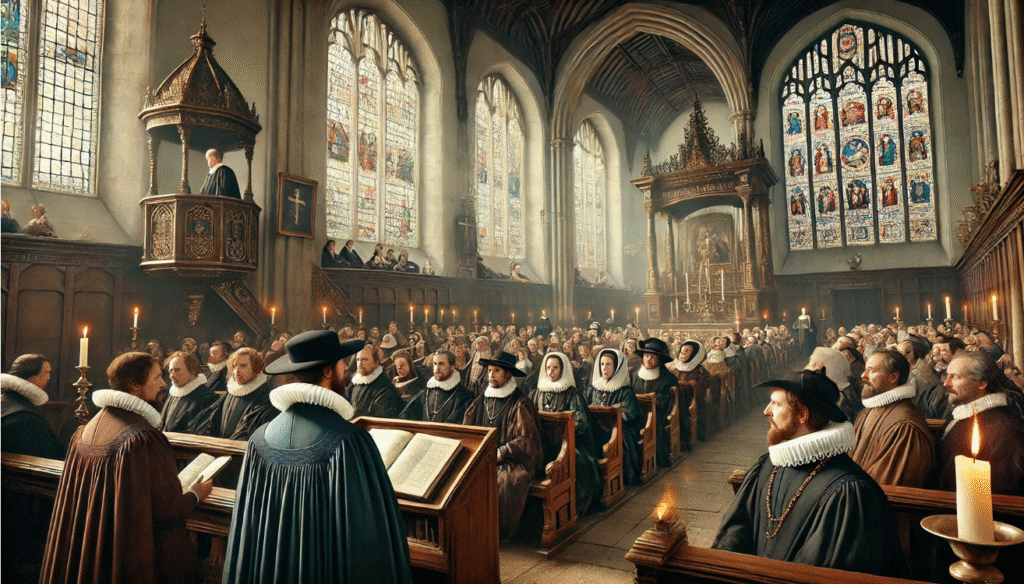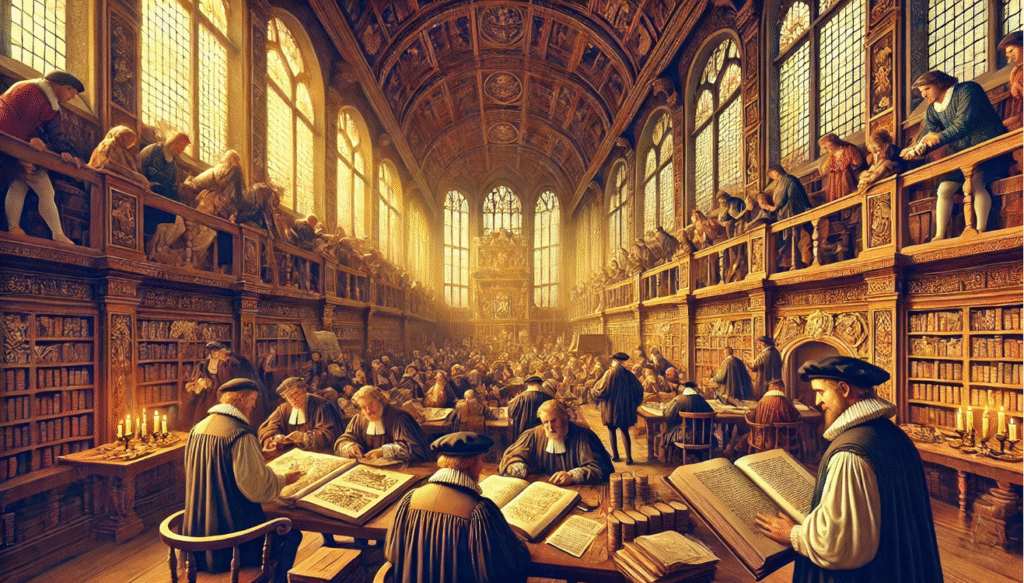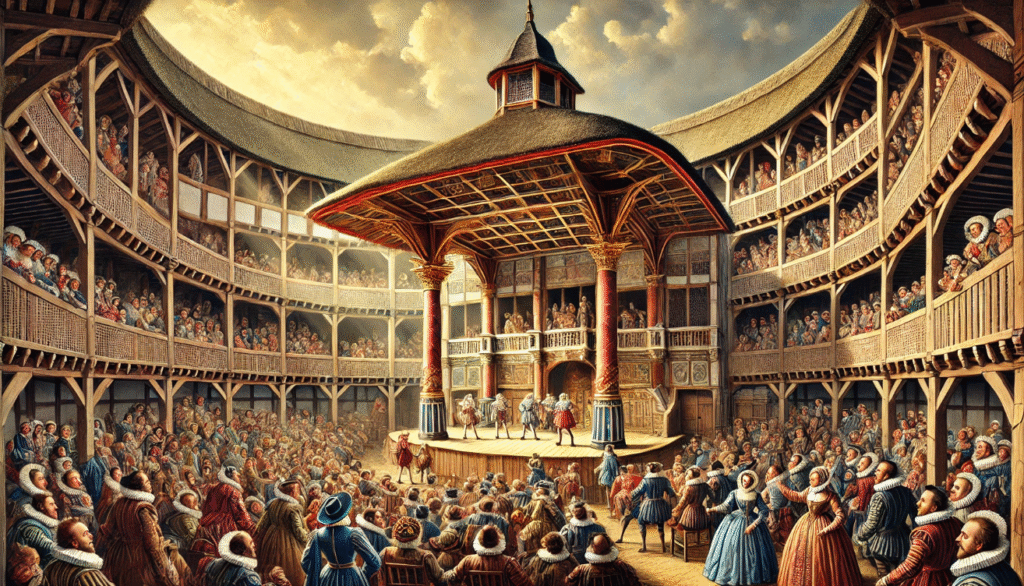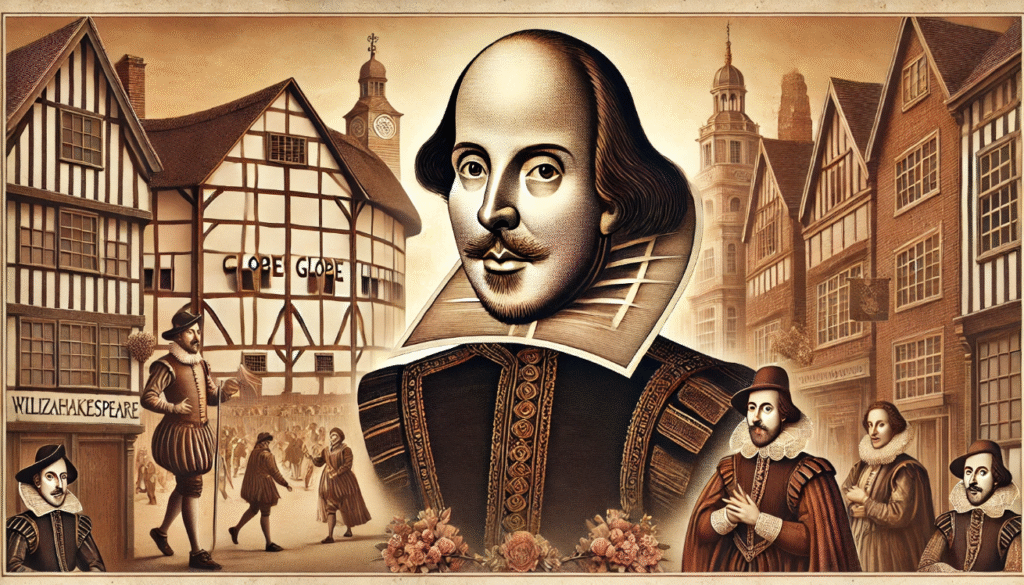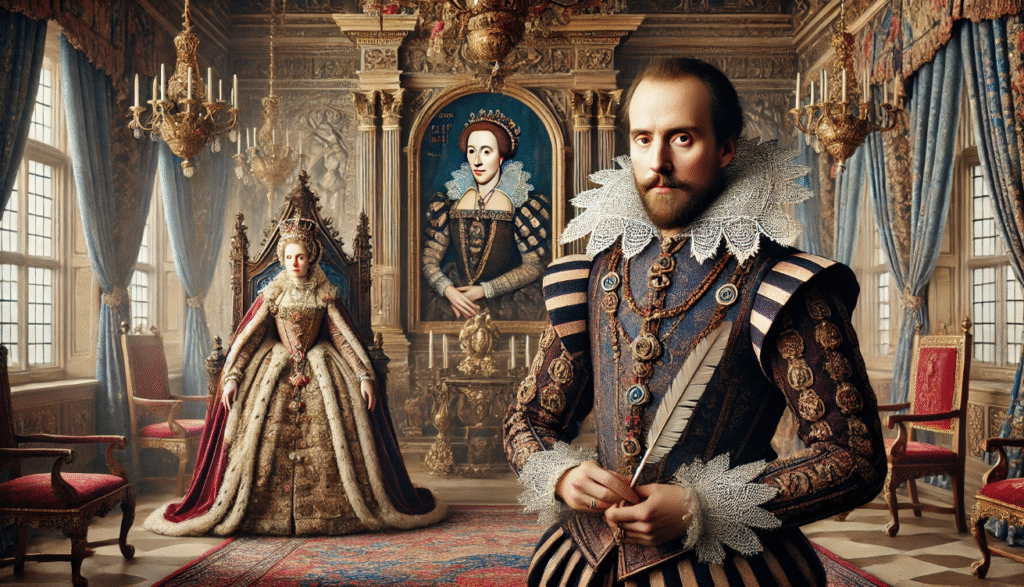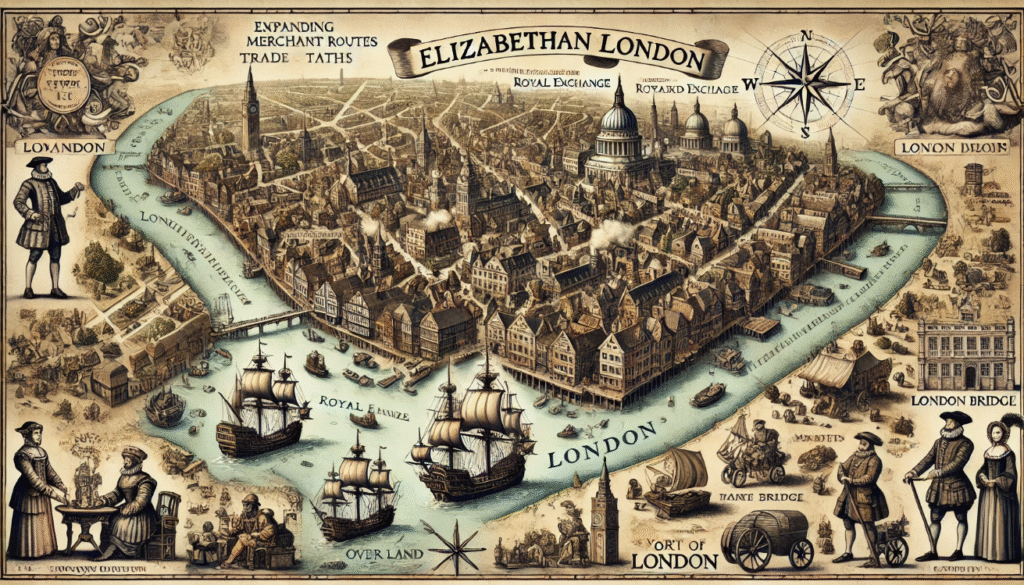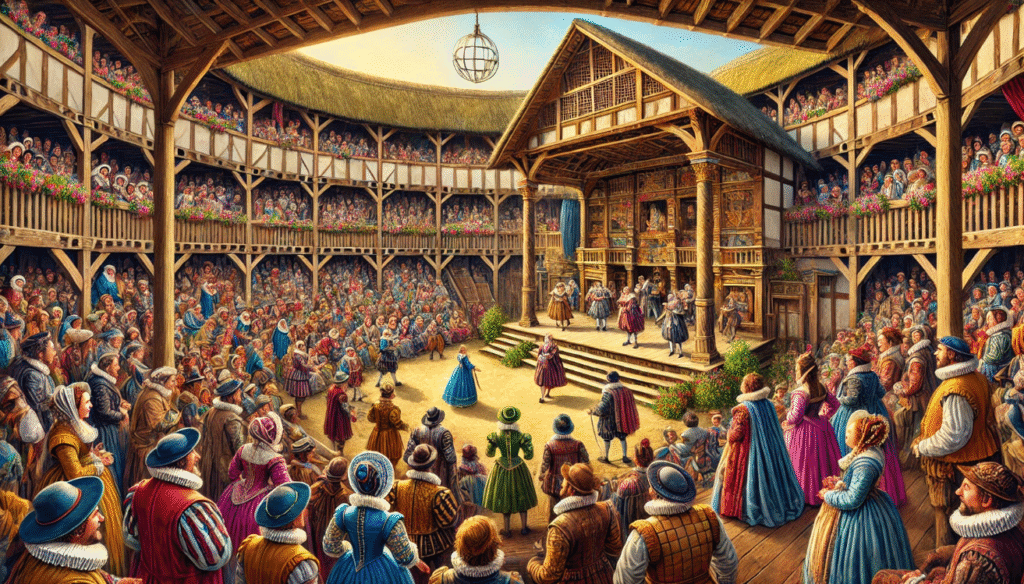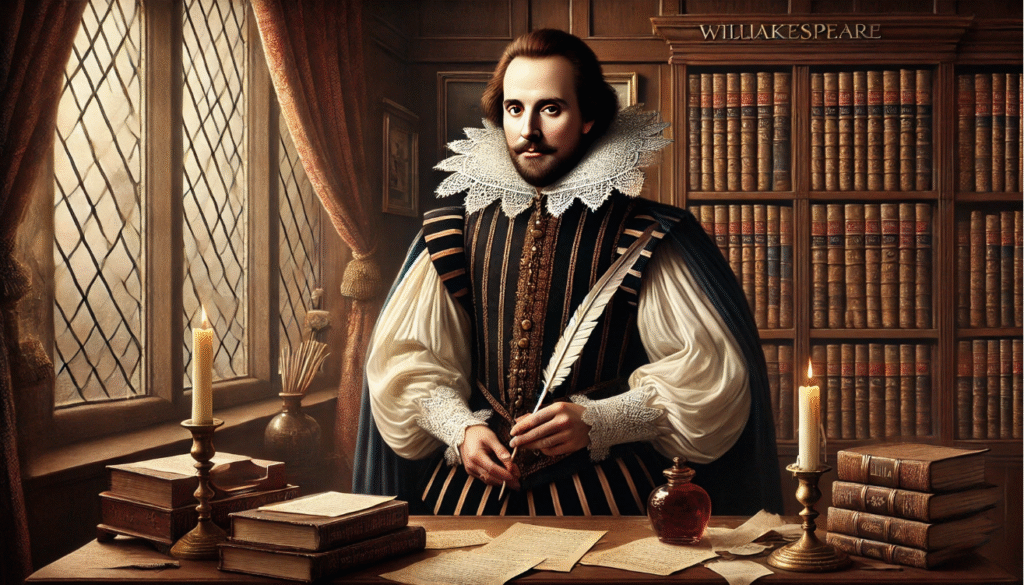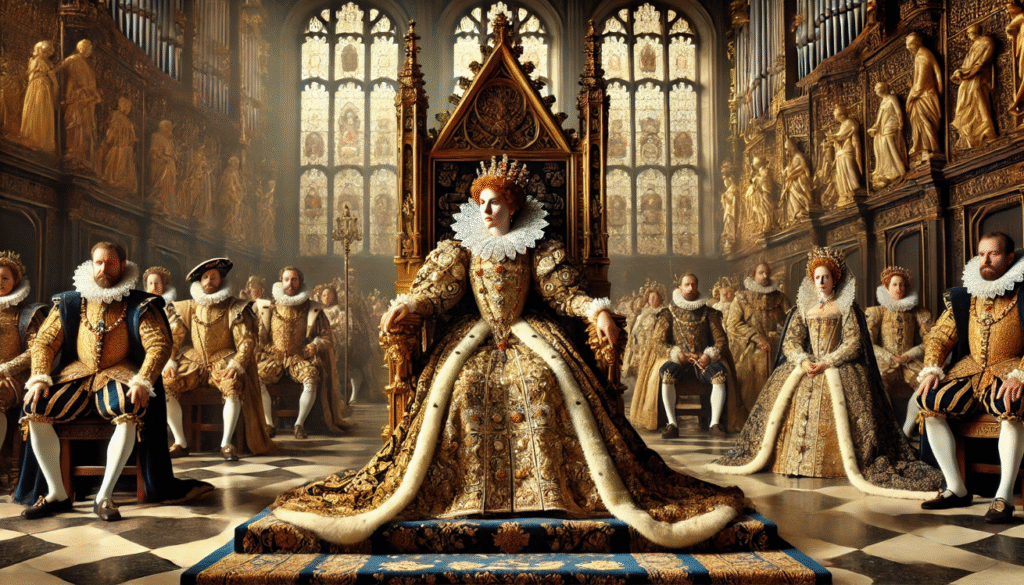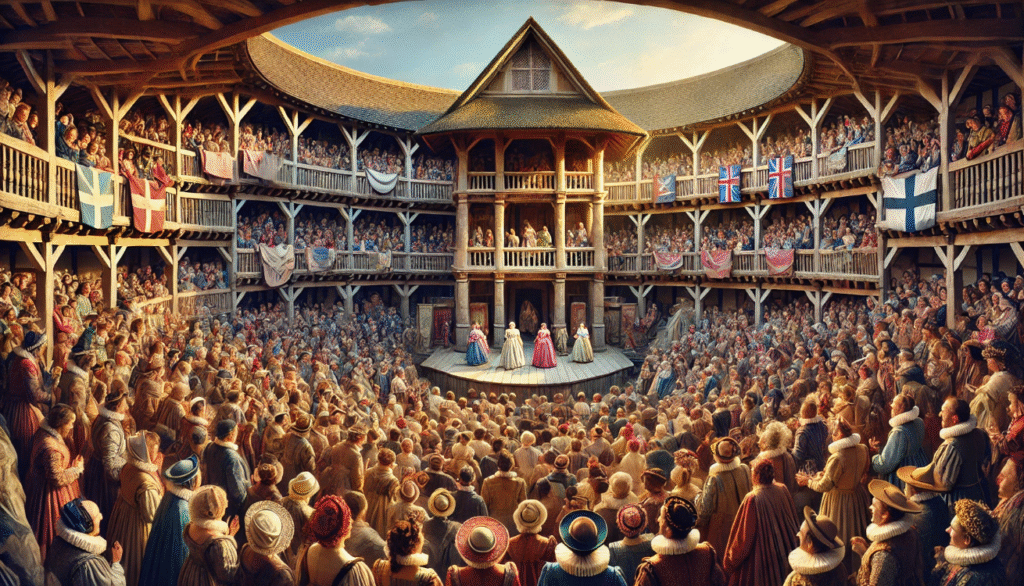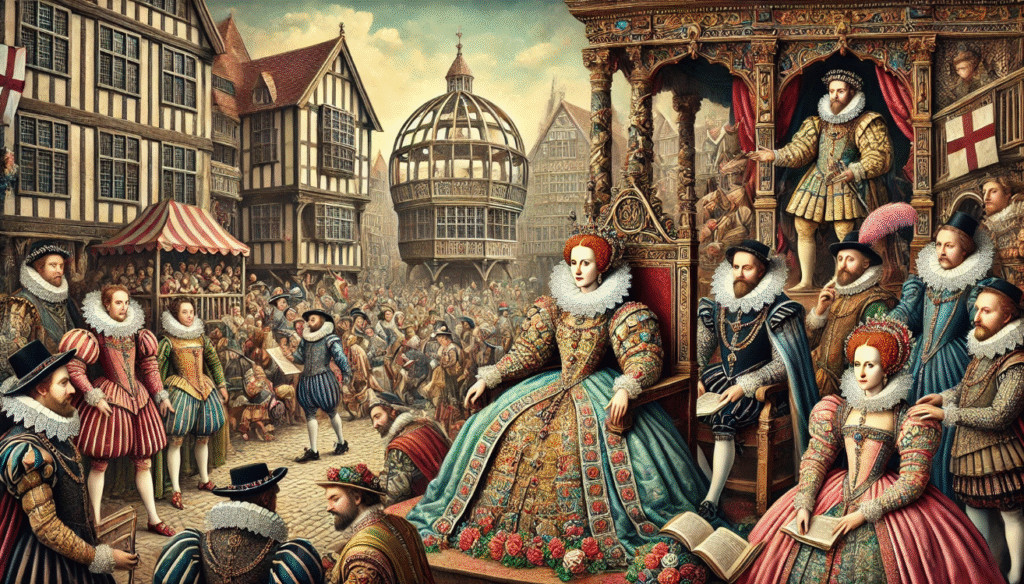Did you know that during the Elizabethan era, Shakespeare was not only a prolific playwright, but also a cultural icon whose works had a profound influence on the society of the time? His plays were not only entertainment, but also a reflection of the political and social issues of Elizabethan England. In fact, Shakespeare’s influence was so significant that his works continue to be studied and performed today, making him one of the most enduring figures of the period. Shakespeare and the Queen’s court England was a time of great cultural and political significance. It was a period of exploration and expansion, with England becoming a major player in global trade and colonization. This era also saw the rise of the English Renaissance, a time of great artistic and intellectual achievement.
Shakespeare’s plays were not only a source of entertainment for the Queen’s court, but they also had a significant impact on the cultural and political narrative of royal history. Through his works, Shakespeare was able to capture the essence of the time period and reflect the societal and political issues of the era. His plays often depicted themes of power, betrayal, and ambition, which resonated with the political climate of the time. Additionally, his portrayal of strong and influential female characters challenged traditional gender roles and influenced the perception of women in society. Overall, Shakespeare’s plays played a crucial role in shaping the cultural and political landscape of royal history.
The Elizabethan Era: A Flourishing Cultural Landscape

Queen Elizabeth I as a Patron of the Arts

The love for theatre during the cultural renaissance of England was a significant force in shaping the country’s artistic and cultural identity. The establishment of theatres like The Globe not only provided a platform for talented playwrights and actors to showcase their work, but it also brought people from all walks of life together to experience the power of storytelling and performance. The theatre became a central hub for entertainment, education, and social interaction, and its influence can still be seen in the rich theatrical tradition of England today.
The Importance of Drama in Elizabethan Society
Theatre has long been used as a reflection of societal norms and as a tool for royal propaganda. Plays have served as a means of promoting the values, beliefs, and ideologies of the ruling class, while also providing a platform for social commentary and critique. In many historical contexts, theatre has played a crucial role in uniting the classes, bringing together commoners and royalty alike to experience and engage with the same stories and themes. Through the shared experience of attending a play, people from different social backgrounds could come together and find common ground, fostering a sense of unity and understanding.
Shakespeare’s Connection to the Queen’s Court
Shakespeare’s Rise to Prominence
Shakespeare’s early works, such as “Richard III” and “Henry VI, Part 1,” caught the attention of the royal court and gained him support from influential figures like the Earl of Southampton. These early works helped solidify Shakespeare’s reputation as a talented playwright and poet, and paved the way for his success in the theater world.
Performances for the Queen

Shakespeare’s plays were performed for Queen Elizabeth I on several documented occasions. The first known performance was in 1594 when a company of actors, including Shakespeare, performed “The Comedy of Errors” at the Gray’s Inn. Later, in 1596, Shakespeare’s company, the Lord Chamberlain’s Men, performed “A Midsummer Night’s Dream” at the court of Elizabeth I. Additionally, there are records of performances of “Richard II,” “Richard III,” and “Henry IV, Part 1” at the royal court during Elizabeth’s reign. These performances were not only a source of entertainment for the queen but also a display of Shakespeare’s talent and popularity as a playwright.A notable work that resonated with the Queen is William Shakespeare’s “A Midsummer Night’s Dream.” This comedic play, written in the late 16th century, has been performed numerous times during Queen Elizabeth II’s reign, and it is said to be one of her favorite Shakespearean plays. The Queen has also been known to have a strong appreciation for the arts and literature, and “A Midsummer Night’s Dream” is a timeless classic that has likely captivated her with its enchanting story and memorable characters.
Elizabeth I’s Influence on Shakespeare’s Works

Shakespeare’s plays often feature strong female rulers, such as Lady Macbeth in “Macbeth” and Cleopatra in “Antony and Cleopatra.” These characters embody power, determination, and complexity, showcasing Shakespeare’s appreciation for powerful women in leadership roles. Additionally, there are subtle nods to Queen Elizabeth I, who was the reigning monarch during Shakespeare’s time, in his plays. It is believed that he included elements in his works that paid homage to the Queen, such as portraying strong and influential female characters. This adds an interesting layer of historical and cultural context to his plays, and highlights Shakespeare’s recognition of the impact of female leadership.
The Role of Drama in Shaping Royal History
Shakespeare’s Plays as Political Commentary

Plays like Richard III and Henry V addressed issues of power and leadership by reflecting the values and concerns of the Elizabethan era. These plays delved into the complexities of leadership, the consequences of unchecked power, and the importance of maintaining order and stability within a society. They also highlighted the struggles and ethical dilemmas faced by leaders, shedding light on the delicate balance between ambition and responsibility. Overall, these plays provided a thought-provoking exploration of power dynamics and leadership in the context of the Elizabethan era.
Theatre as a Tool for Propaganda
The monarchy used drama, particularly during the Tudor era, to reinforce loyalty and national pride by commissioning plays and performances that celebrated the ruling family and promoted a sense of unity and patriotism. Shakespeare played a significant role in shaping the narrative of the Tudor dynasty through his plays, many of which depicted historical events and figures related to the monarchy. His works, such as “Henry V” and “Richard III,” were used to highlight the glory and power of the Tudor rulers, while also reinforcing the idea of a unified and prosperous England under their reign. This use of drama as a tool for promoting loyalty and national pride was a key strategy employed by the monarchy to maintain support and stability during this period.
The Symbolism of the Queen’s Court in Shakespeare’s Plays
In his works, the exploration of royal settings, courtly behavior, and politics is a recurring theme. He delves into the intricacies of royal courts, depicting the grandeur and opulence of these settings, as well as the complex and often treacherous dynamics at play. His portrayal of courtly behavior reflects the etiquette and social hierarchy of the time, showcasing the strict codes of conduct and the elaborate rituals that governed interactions within the royal court. Additionally, the political maneuvering and power struggles within these settings are a central focus, shedding light on the intrigue and machinations that shaped the political landscape of the era.
Lasting Legacy of Shakespeare and the Queen’s Court
The Cultural Renaissance Sparked by Elizabethan Drama

Shakespeare and the Queen’s court had a significant influence on future playwrights and artists. The innovative techniques and themes from Shakespeare’s plays, as well as the patronage and support from the Queen’s court, set a high standard for drama and art during the Elizabethan era. This influence can be seen in the continued impact of Elizabethan theatre on modern drama, with many playwrights and artists drawing inspiration from Shakespeare’s works and the cultural environment of the Queen’s court. The legacy of this influential period in history continues to shape and inspire the arts to this day.
Global Recognition of Elizabethan History Through Shakespeare

Shakespeare’s works have immortalized the Golden Age of England by capturing the essence of the era through his plays and sonnets. His literary contributions have not only shaped the English language but have also depicted the societal, political, and cultural aspects of the time. Through his insightful and thought-provoking writings, Shakespeare has solidified England’s reputation as a cultural superpower during the Golden Age. His works continue to be celebrated and studied, serving as a testament to the enduring legacy of the era.
Shakespeare had a close relationship with the Queen’s court, as his plays were often performed for Queen Elizabeth I and later for King James I. This relationship allowed Shakespeare to gain favor with the royal family, and his plays became popular entertainment at court. This influence on the royal court had a significant impact on the historical narratives of the time, as Shakespeare’s plays often depicted historical events and figures, shaping public perceptions of these events. Shakespeare’s work continues to have a lasting influence on both the arts and historical narratives. His plays are still widely performed and studied, and they continue to shape our understanding of history and culture. Shakespeare’s impact on literature, theater, and historical narratives is undeniable and enduring.

